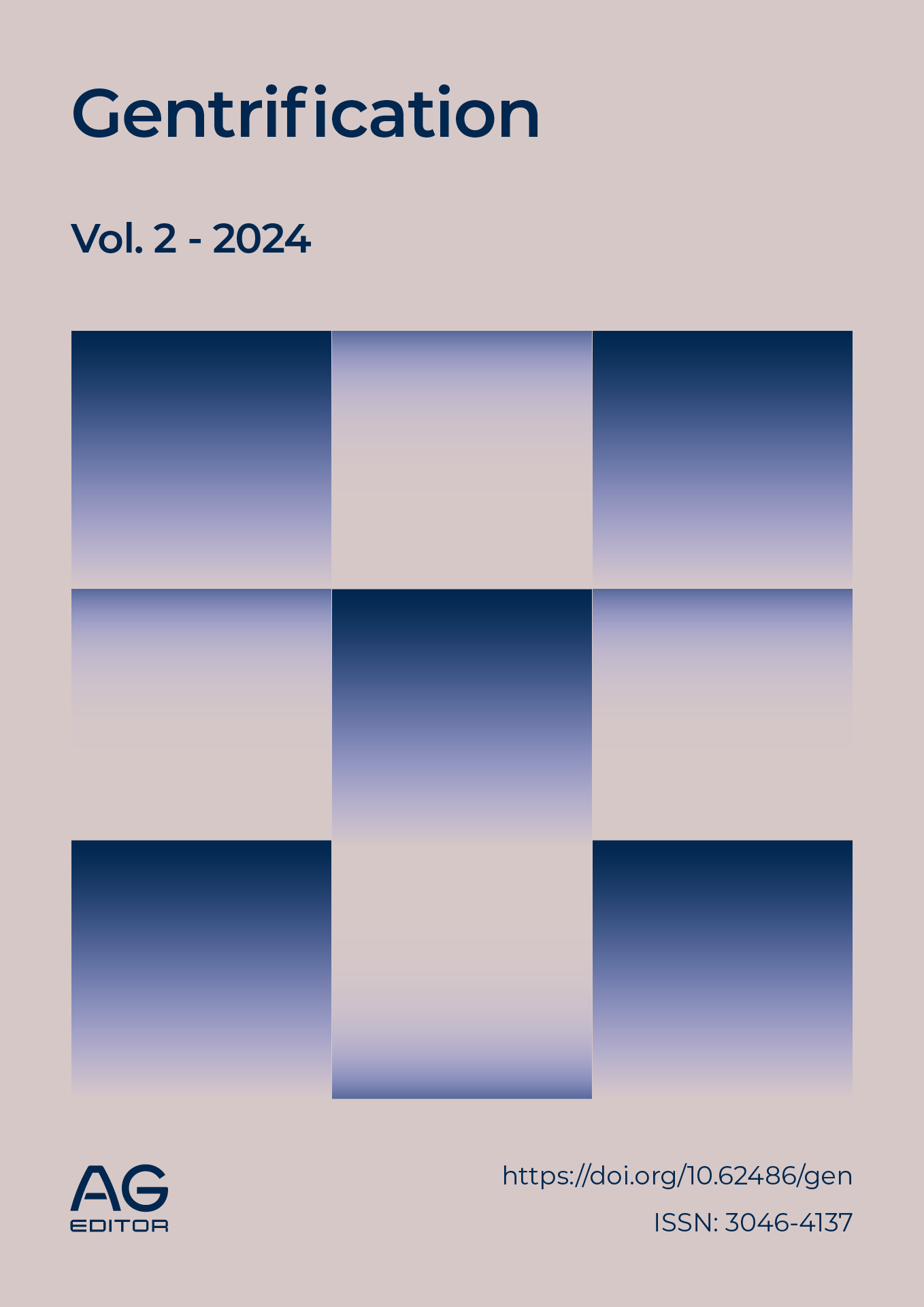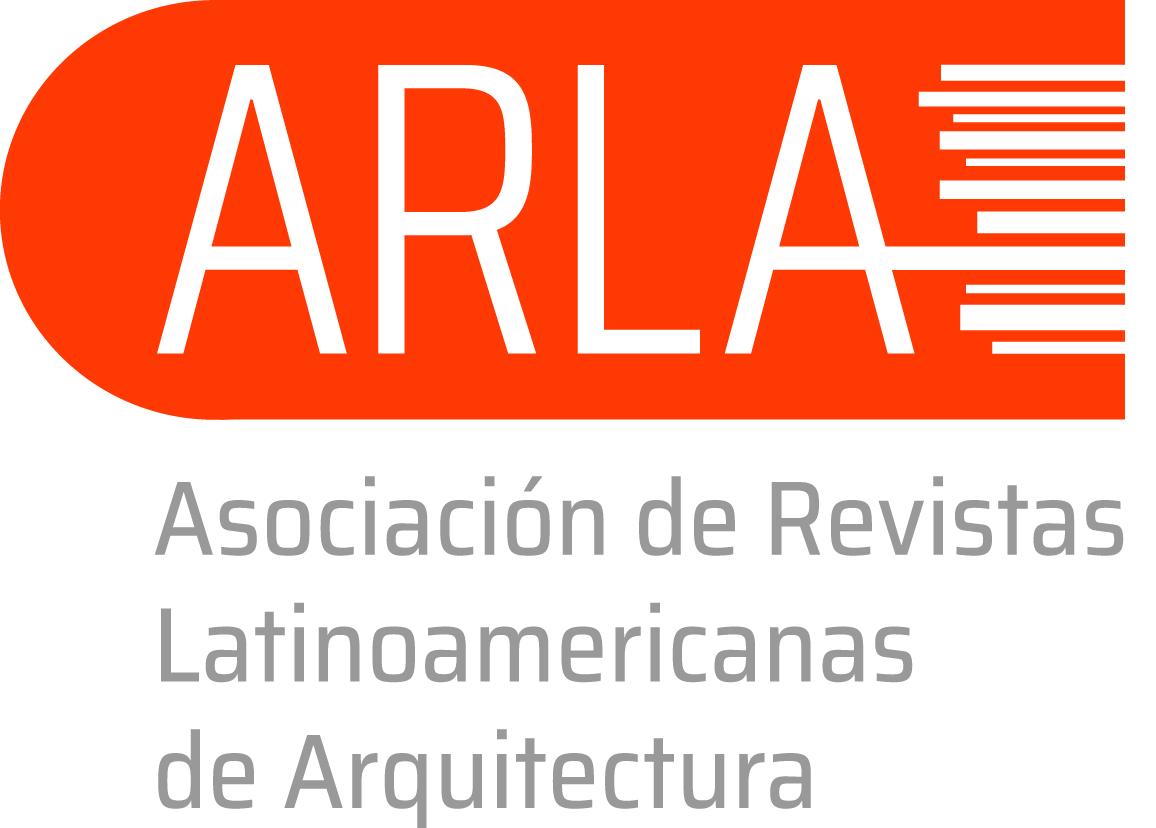Expanded mapping: the case of collaborative research with children from the El Morro neighborhood, Soledad de Graciano Sánchez, S.L.P
DOI:
https://doi.org/10.62486/gen202444Keywords:
expanded cartography, childhoods, territorial appropriation, participatory methodology, spatial meaningsAbstract
Introduction: The cartographic method has traditionally been used in the geographical sciences to represent spatial configurations, although its use is usually limited by a hegemonic perspective. In this context, expanded cartography is proposed as a collaborative research methodology to explore the meanings and uses of the territory by the children of the El Morro neighborhood.
Development: Through a methodology based on child participation, various research strategies were carried out, such as autobiographical mapping, body mapping and participatory mapping. These strategies made it possible to identify the territorial practices of nine children between the ages of eight and twelve. The research took into account the social conditions of the neighborhood, which is marked by problems of access to basic services, violence and social disintegration. Through games, tours and group interviews, the children's perceptions of the environment were analyzed, reflecting the way in which children live and transform their space. The data obtained showed the relevance of play and socialization in the appropriation of the territory, as well as the children's resistance to certain conditions in the environment.
Conclusion: The study demonstrated that expanded cartography is an effective tool for making visible the relationship between children and their territory. Through this methodology, a deeper understanding of the spatial and affective practices of children was achieved, allowing the reconstruction of meanings based on their own experiences and languages.
References
Diez Tetamanti, Juan Manuel. Cartogafía social: teoría y método. Estrategias para una eficaz transformación comunitaria. Ciudad Autónoma de Buenos Aires: Biblos, 2018.
Fernández Romero, Franciso. «Carografías emergentes: prácticas e investigaciones en cartografías sociales en Argentina.» Revista Universitaria de Geografía (Universidad Nacional de Sur), 2021: 12-30.
Ibáñez Pacheco, Martha Janeth y Mendoza Mayorga, Mildrey. «Tesis.» La apropiación de territorio en la construcción del sujeto social infantil. Bogotá: Universidad Pedagógica Nacional, 2015.
Mançano Fernandes, Bernando. «Territorio, teoría y política.» En Descubriendo la espacialidad social desde América Latina. Reflexiones desde la geografía sobre el campo, la ciudad y el medio ambiente, de Georgina Calderón Aragón y Efraín León Hernández, 35-66. México: Itaca, 2012.
Moreira Lopes, Jader Janer. «Geografia da Infância: contribuições aos estudos das crianças e suas infancias.» Revista de Educação Pública, 2013: 283-294.
Norma Filidoro, Patricia Enright, Susana Mantegazza y Carla Lanza. «Reinventar el territorio: una experiencia de intervenciones psicopedagógicas en ámbitos comunitarios.» Redes de extensión, 2020: 11-15.
Oslender, Ulrich. «Ontología relacional y cartografía social: ¿hacia un contra-mapeo emancipador, o ilusión contra hegemónica?» Tabula Rasa, 2017: 247-262.
Sepúlveda-Kattan, Natalia. «Sociología de la infancia y América Latina como su lugar de enunciación.» Íconos. Revista de Ciencias Sociales (FLACSO), 2020: 133-150.
Published
Issue
Section
License
Copyright (c) 2024 Bárbara Cristina Lugo Martínez (Author)

This work is licensed under a Creative Commons Attribution 4.0 International License.
The article is distributed under the Creative Commons Attribution 4.0 License. Unless otherwise stated, associated published material is distributed under the same licence.






